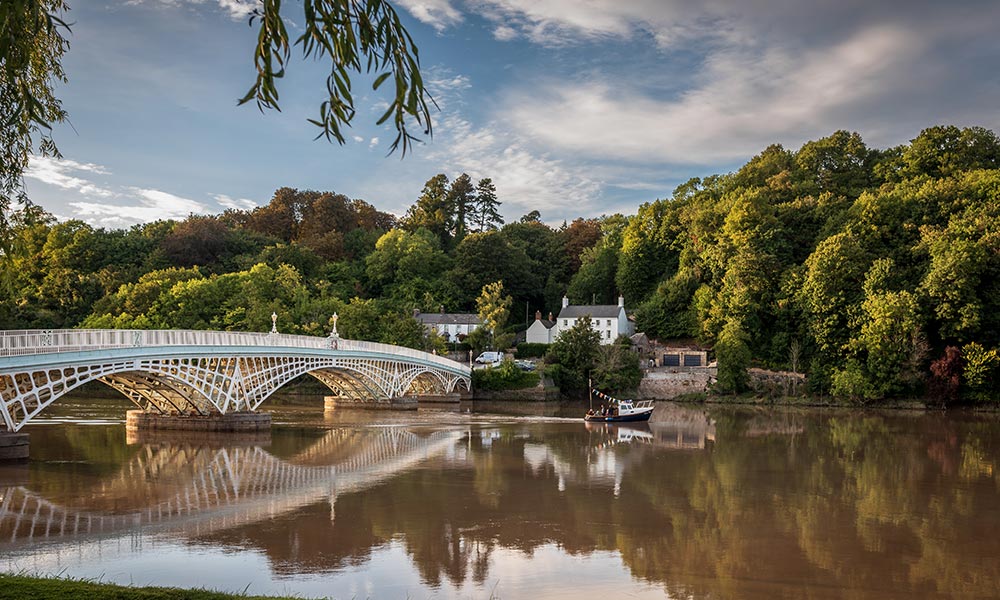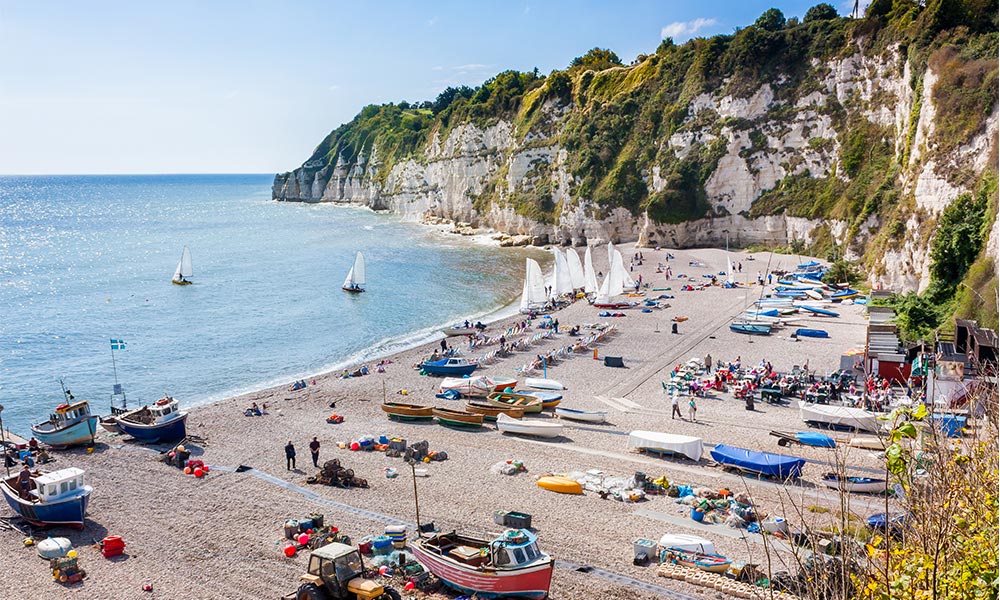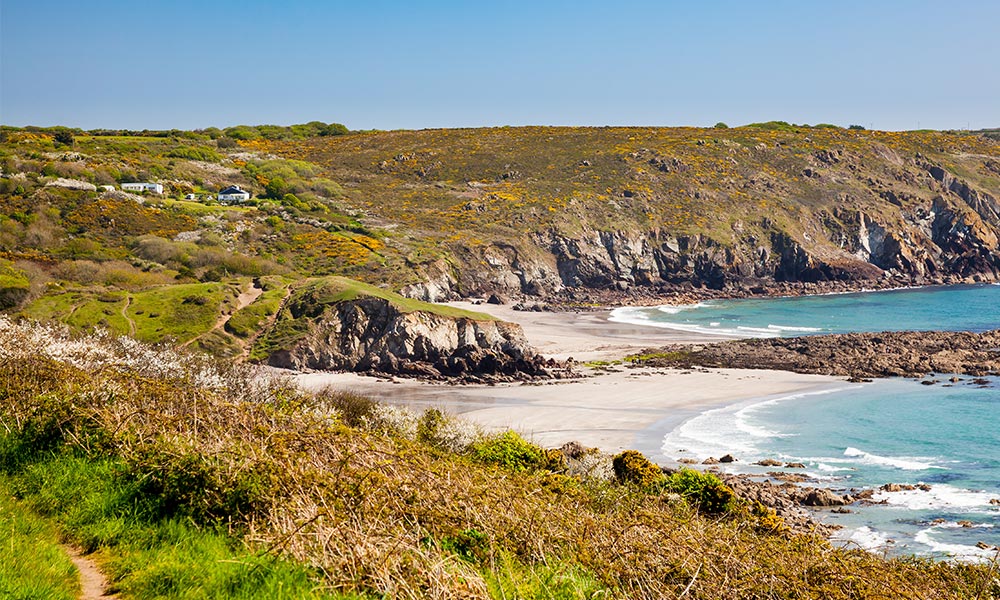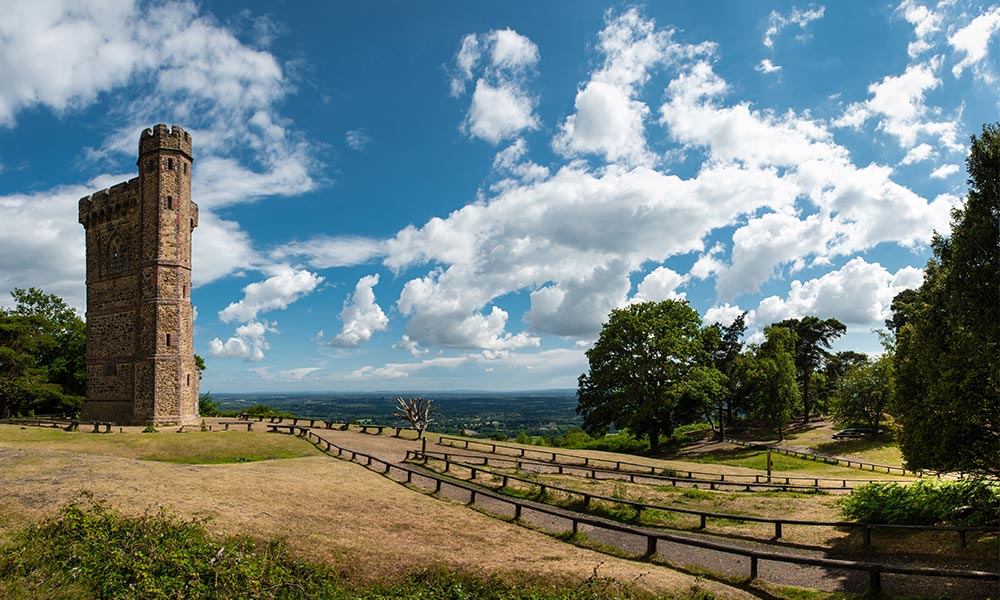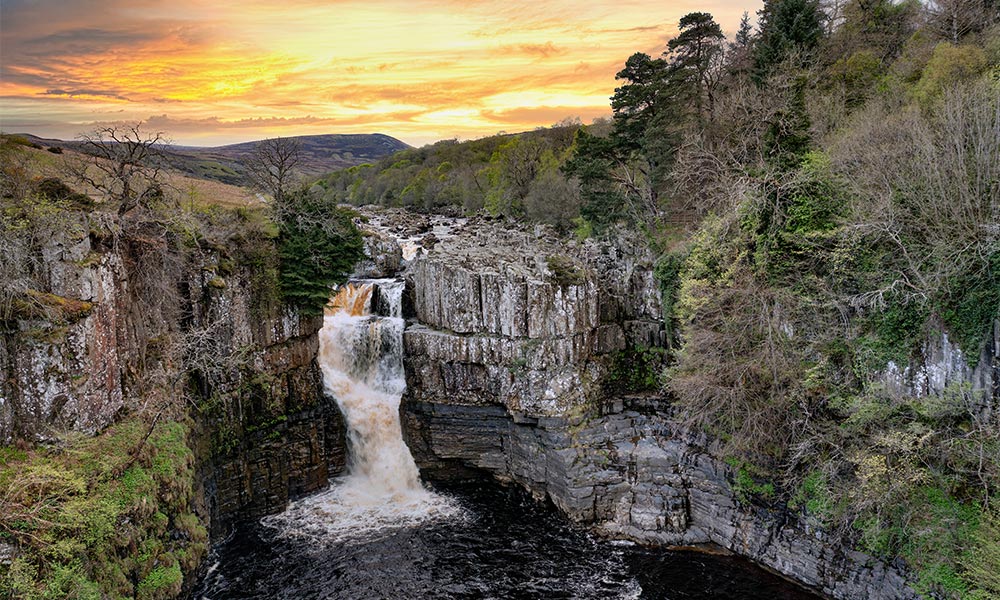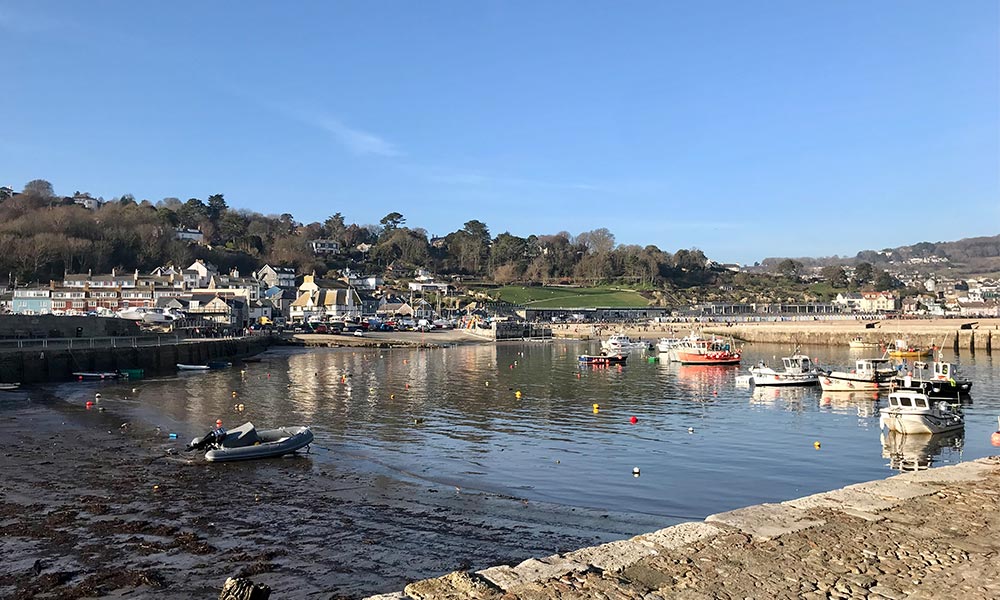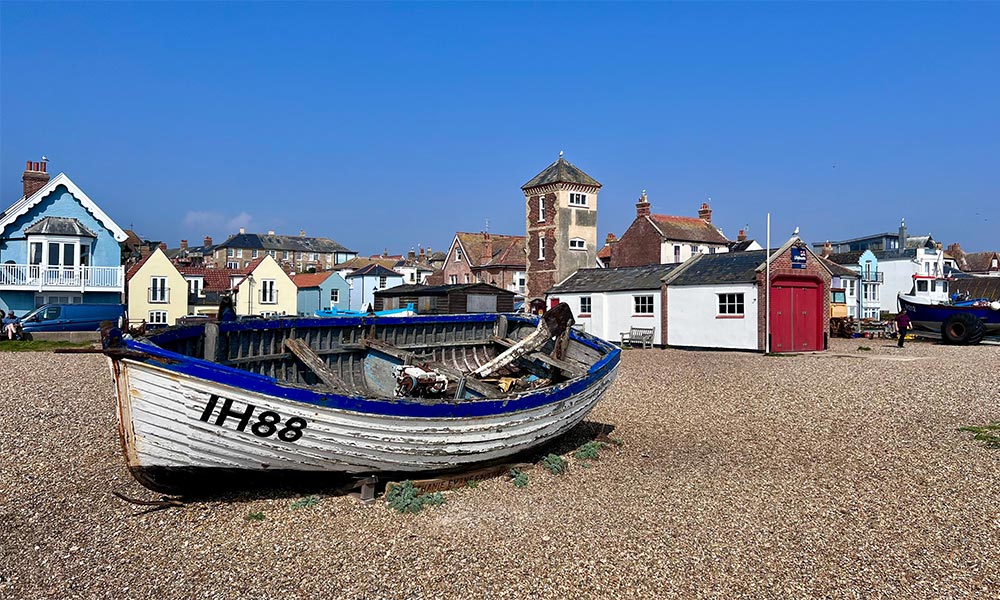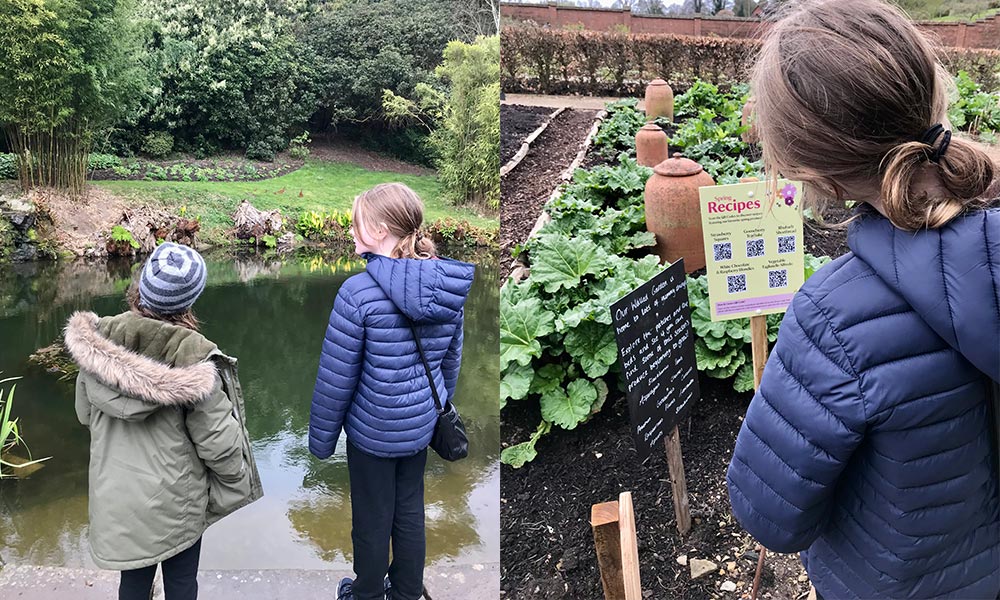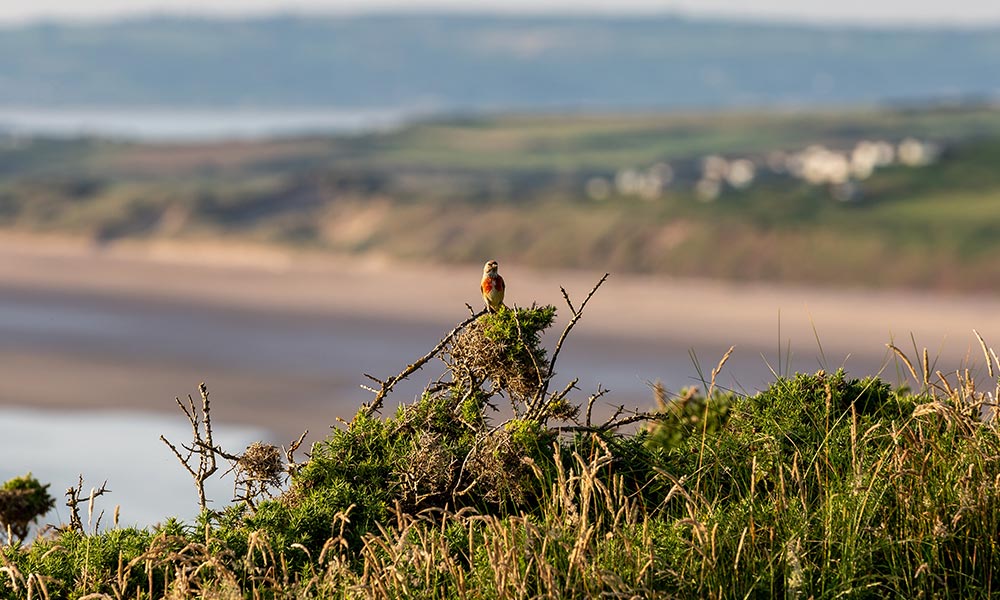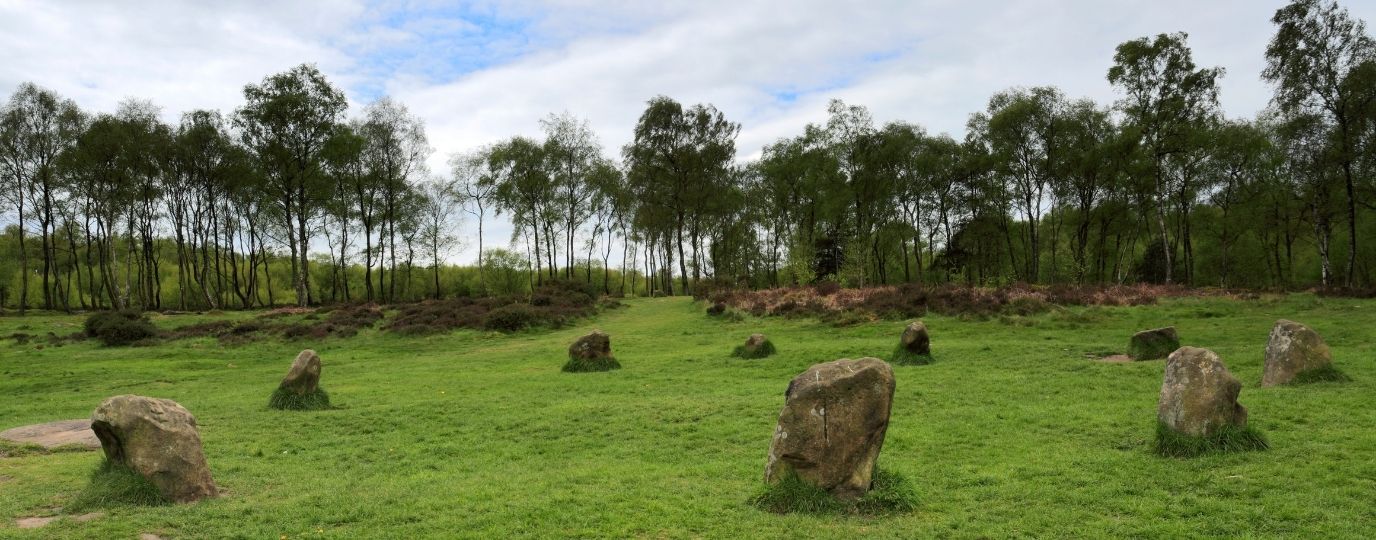Best AONBs in England & Wales
OS Champion, Anita Kerwin-Nye, set herself the challenge to visit all areas of natural beauty in England with her family. Here are 10 of her favourite areas including information on where to go and a recommended walk.
Bucket lists are a useful tool for travellers wanting to explore more and the tick list of 46 Areas of Outstanding Natural Beauty (AONBs) make a particular exciting adventure. AONBs do what they say on the tin. They are beauty in landscape form and provide something for everyone. My husband Matt is a walks leader and I now struggle to walk across a car park. So, as a family with 10 and 11 year old children and parents at the opposite ends of the fitness spectrum, the challenge to visit all 46 Areas of Natural Beauty is a good one!
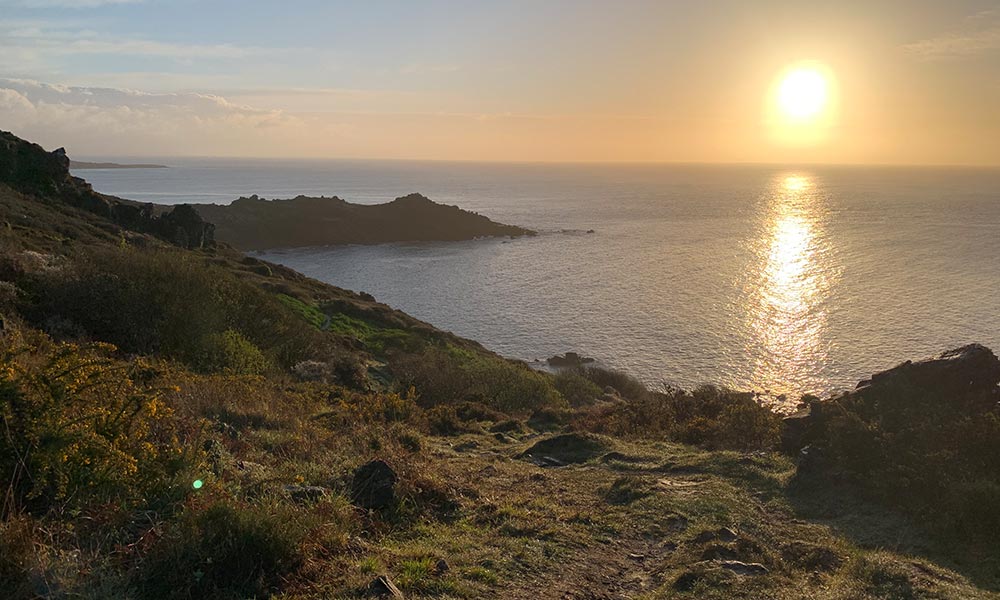
Coverack, Cornwall
What makes Areas of Natural Beauty so special?
AONBs – now often called National Landscapes – are ‘designated’. They come with certain protections for their physical spaces, and are selected for their geological, natural and heritage characteristics. This means that visiting them showcases the very best range and quality of landscapes in Britain, including sandstone and shingle; cliffs and caves; rolling grasslands and sweeping forests.
They are nature rich. AONBs host National Nature Reserves (great for nature mad children) and Sites of Special Scientific Interest (SSSI). Most connect to long-distance walking routes and National Trails and all have benches with magnificent views.
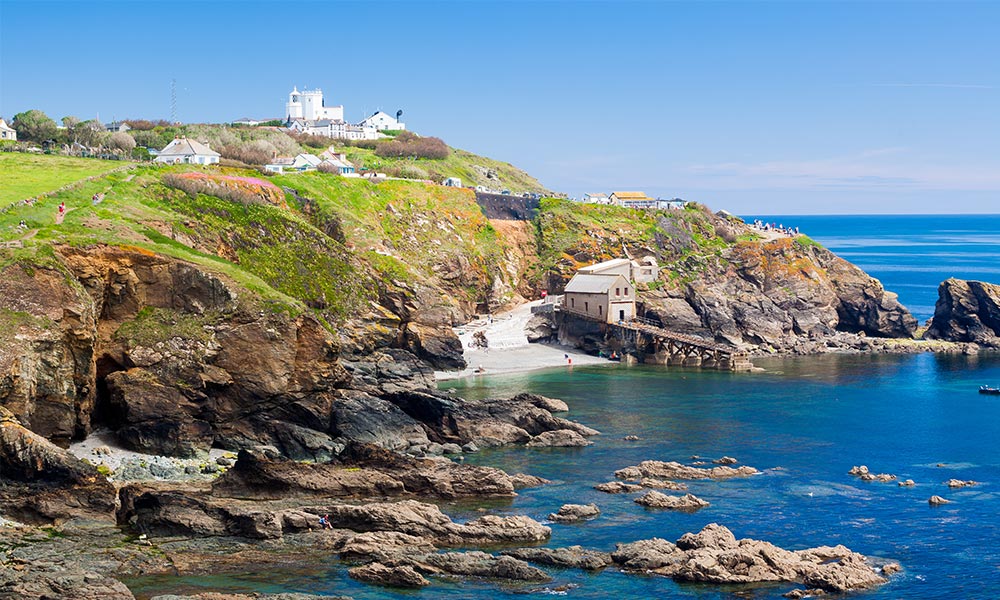
Lizard Point, Gower
What to do in an AONB?
Most AONBs incorporate villages and towns. While wilderness is wonderful, being able to explore the local shops and having food readily available does make life easier, especially with a family. Local independent stores showcase the best of local produce and art – keeping money in the area.
Charming towns and villages boast history and heritage venues and have information centres that help you discover the best of the region. These information centres offer plenty to do for free – from walking routes to heritage trails, art displays to music festivals. The AONBs’ websites showcase upcoming events and have a range of downloadable resources to help you make the most of your visit. Many of these tie in with outdoor charities and heritage including National Trust, English Heritage and YHA.
With four children and a small holding, the ambition to walk in each of the 46 Areas of Outstanding Natural Beauty (AONBs) in England and Wales may have been a tad ambitious – especially as I’m currently walking with a stick and I’m fat and fifty not fit and fleecy. However, the beauty of these landscapes was too much of a draw!
Here are the first 10 AONBs on our travels and a recommended walk in each one.
1. Wye Valley
Known as the birthplace of British Tourism, the Wye Valley straddles England and Wales.
Must visit: Chepstow is the home to the occasional seal bobbing under the Old Wye Bridge and it has a heritage trail around the town and a beautiful riverside. It’s the starting point for both the Offa’s Dyke National Trail and the Wales Coast Path, marked by a new sculpture next to the small park overlooking the Old Wye Bridge. There’s a visitor centre along Bridge Street next to the Castle.
2. East Devon
East Devon Area of Natural Beauty is part of the Jurassic Coast and with close links to the South Coast Path National Trail.
Must visit: Beer. Following the High Street includes some great free-to-enter small art galleries and the tiniest of little streams down to the beach which our boys floated paper boats in. On the way down take the time to check the view from the cliff over the working fishing beach.
3. Cornwall
The Cornwall Area of Outstanding Natural Beauty is made up of 12 separate geographical areas and covers approximately 27% of the County. It showcases some of Cornwall’s best landscapes including Bodmin Moor and the Lizard Peninsula.
Must visit: Kennack Sands is part of the Lizard Natural Nature Reserve and, while parking can be limited, for those unable to walk far it allows easy access to the sand – unlike many other beaches nearby with their steep steps. Mora Café is a gem and the area behind the beach allows a gentle meander into wild garlic in Spring and the site of the Reserve.
4. Surrey Hills
Within easy transport and travel from the South East and London the Surrey Hills AONB has areas of dense woodland, stunning views and unspoilt heath.
Must do: The Surrey Hills Artisan Trail is a self-guided route around many of the local creators, vineyards and foodies that line the Area of Natural Beauty.
5. North Pennines
The North Pennines is the second largest AONB. The rocks and rivers mean that this area has been designated a UNESCO Global Geopark. It also has the largest waterfall in England, High Force.
Must do: Look up! North Pennines AONB has some of best dark skies venues in the country. While there are events and special sites, just lying on a blanket looking up at sky and letting eyes adjust can help you spot constellations, shooting stars and even if really lucky the Northern Lights.
The Ravenber Way walk (below) is an alternative Coast to Coast walk from Ravenglass in the Lake District to Berwick-upon-Tweed on the Northumberland Coast. It takes almost three days to cross the North Pennines AONB from Dufton to Rawgreen via Garrigill and Allenheads. Connected by trains at both ends in Appleby-in-Westmorland and Hexham, this section of the Ravenber Way would make a stunning long weekend break.
7. High Weald
Incorporating the Ashdown Forest – home of Winnie the Pooh – High Weald has some of the most dense woodland in England.
Must visit: The careers of many climbers have started at Harrison’s Rocks. These are bouldering outcrops in Groombridge managed by the BMC and a great example of sandstone formation. Beautiful for a walk as well as climbing.
8. Dorset
Covering a third of the county the Dorset AONB includes rolling chalk cliffs, small towns and Poole Harbour, the largest natural harbour in England. It is also home to the Jurassic Coast which is the only natural World Heritage Site in England.
Must visit: Fossils are a large part of the Dorset experience and many people enjoy hunting for fossils along the coast. Lyme Regis is a great location for finding fossils and it was home to Mary Anning the trailblazing geologist. Her statue is now part of the Lyme Regis waterfront.
8. Suffolk Coast and Heaths
This coastal AONB is nature rich with several nature reserves and SSSIs. Woodland sits alongside wetland sites – estuaries and marshland – and the beaches are amongst some of best in country.
Must visit: Shingle beaches, sculpture and smoked fish make the waterfront at Aldeburgh a true seaside experience. Take a box of fish from Ash Smoked Fishes and sit on the stones to enjoy.
9. Kent Downs
Kent well deserves the label ‘The Garden of England.’ From the Surrey Boarder to the White Cliffs of Dover, fruit farms including pick-your-own and vineyards line the area.
Must visit: The wonderful Chartwell sits in the Kent AONB. This National Trust property has beautiful gardens, a play trail and a wonderful display of Churchills paintings, as well the allotment inspiration, some hens and wonderful National Trust free activities.
10. Gower
Gower was the first area to be a designated AONB. It covers nearly all of the Gower Peninsula and includes sweeping beaches, farming fields and nature harbouring hedgerows. Backing onto Swansea, the area allows exploration of the city as well as the nearby countryside which boats a number of great walks.
Must do: Wildlife spotting. Gower is an active farming community and spotting animals on the commons is a highlight of the trip. Each animal plays a different role in maintaining the land – from the way their teeth cut plants and their poo attracts insects and helps the soil.
Anita Kerwin-Nye is Executive Director at the hostelling charity YHA. She is an OS Champion and an advisor on access to outdoors, nature, heritage and culture across charities and government. Her husband, Matt Overd, is a charity strategist and designer of walking routes. He is the architect of YHA Walks and the keeper of Ron Scholes’ alternative coast to coast the Ravenber Way. Click here for more information on YHA and YHA Walks featured in this article and supported by Ordnance Survey.

